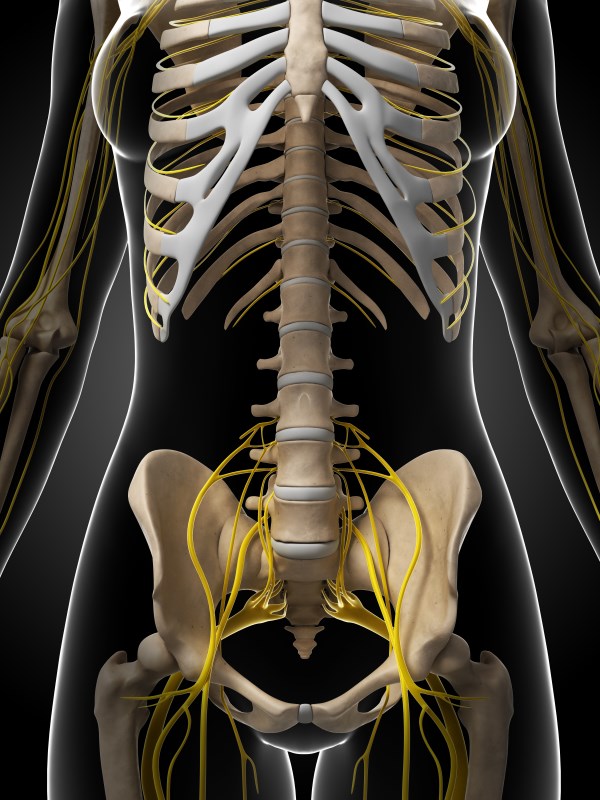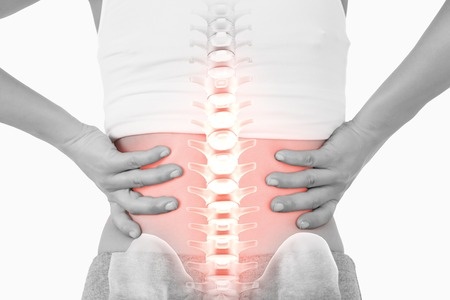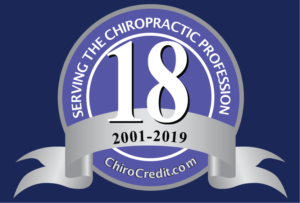Lower Medicare Costs for Chiropractic Users with Chronic Low Back Pain and Multiple Comorbidities
 Managing and controlling health care expenditures is a top priority. Multiple comorbidities in the aging population has become more prevalent likely because of the extended lifespan experienced in the U.S. over the last few decades. It is estimated that more than sixty percent of Americans over age 65 have multiple chronic conditions, and twenty-three percent of Medicare beneficiaries have 5 or more chronic conditions.
Managing and controlling health care expenditures is a top priority. Multiple comorbidities in the aging population has become more prevalent likely because of the extended lifespan experienced in the U.S. over the last few decades. It is estimated that more than sixty percent of Americans over age 65 have multiple chronic conditions, and twenty-three percent of Medicare beneficiaries have 5 or more chronic conditions.
Patients with chronic low back pain (cLBP) have been thought to present to our offices with high prevalence of psychological, somatoform, and musculoskeletal comorbidity. The persistence of LBP may contribute to the development of these disorders and comorbidities have also been associated with poor outcome of LBP. Additionally, patients with comorbidities present with worse physical and psychosocial functioning, poorer response to treatment, and higher rates of health care utilization than other patients suffering from LBP.
The care of individuals with chronic conditions is estimated to account for 78% of US healthcare spending, and Medicare beneficiaries with more than 1 chronic condition account for 95% of all Medicare spending. Not surprisingly, those with more than 5 chronic conditions account for 66% of Medicare spending. The probability that patients will use expensive health care such as hospital care increases substantially when there are comorbidities.
The rising prevalence of low back pain (LBP) among Medicare beneficiaries, the growing costs of its treatment, and the high use and costs of prescription drugs suggest an essential need to identify suitable, cost-effective, non-drug, non-surgical treatments for older patients with LBP.
Most LBP in older adults can be managed non-surgically. Randomized controlled clinical trials have shown that chiropractic manipulative treatment (CMT) is an effective, conservative treatment option for LBP. With this in mind, the authors wanted to explore whether older Medicare fee-for service beneficiaries with an episode of LBP and multiple comorbidities who obtained CMT during their episode had lower costs than those who did not.
Methods:
This study was an observational, retrospective study that used Medicare fee-for-service data from 2006 to 2012 to identify older (aged 66 to 99) patients who had a discrete episode of cLBP. The episode was defined as lasting at least 90 days and was preceded and followed by 180 days in which no LBP diagnosis was noted. Additionally, each patient also had an additional musculoskeletal disorder diagnosis and a mental health disorder. If a patient had multiple episodes during the study period, only the first episode was included in the analysis.
The study included 4 groups of patients who used: 1) only CMT; 2) conventional medical care followed by CMT; 3) CMT followed by conventional medical care; and 4) only conventional medical care.
For these 4 treatment groups, the authors used un-weighted and propensity-score weighted inflation- and price-adjusted Medicare Part A, B, and D reimbursements during the episode. Propensity scoring is a powerful tool to strengthen causal inferences drawn from observational studies. Propensity scoring helps in selecting similar patient groups for comparison. Medicare Part A covers hospital, skilled nursing facility, home health and hospice care expenditures. Medicare Part B covers doctors’ services and other outpatient expenditures; and Medicare Part D covers prescription medications. Particular attention was given to Part B reimbursements for chiropractic care, psychiatric care, physical therapy care, and spinal manipulation therapy (SMT) provided by doctors of osteopathy (DOs) as well as to Part D reimbursements for pain medications.
The study also looked at rate of spine surgery within 1 year of the end of the episode as well as compound rates of growth for price and inflation-adjusted Medicare expenditures. In addition, the study examined expenditures for psychiatric visits and pain medications.
Results:
- Medicare reimbursements during the cLBP treatment episode were lowest for patients who used CMT alone
- CMT only patients had higher rates of healthcare use for low back pain but lower rates of back surgery in the year following the treatment episode
- Costs were greatest for patients receiving medical care alone
- Patients who used only CMT had the lowest annual growth rates in almost all Medicare expenditure categories
- Patients who used only CMT had the lowest Part A and Part B expenditures per episode day, although there was no indication of lower psychiatric or pain medication expenditures associated with CMT
Key Points:
- Among older, multiply-comorbid Medicare beneficiaries with a chronic low back pain episode, chiropractic manipulative treatment was associated with lower overall episode costs and lower episode costs per day
- Use of CMT was associated with lower total Part A and Part D Medicare cost growth for multiply-comorbid patients with chronic low back pain episodes over the course of the study period
- The authors found overall Medicare cost-savings associated with use of chiropractic care
- There was no evidence of lower psychiatric or pain medication expenditures associated with CMT
Source: Weeks WB, Leininger B, Whedon JM, Lurie JD, Tosteson TD, Swenson R, O’Malley AJ, Goertz CM. The Association Between Use of Chiropractic Care and Costs of Care Among Older Medicare Patients With Chronic Low Back Pain and Multiple Comorbidities. J Manipulative Physiol Ther. 2016 Feb 19. pii: S0161-4754(16)00007-5. doi: 10.1016/j.jmpt.2016.01.006.













